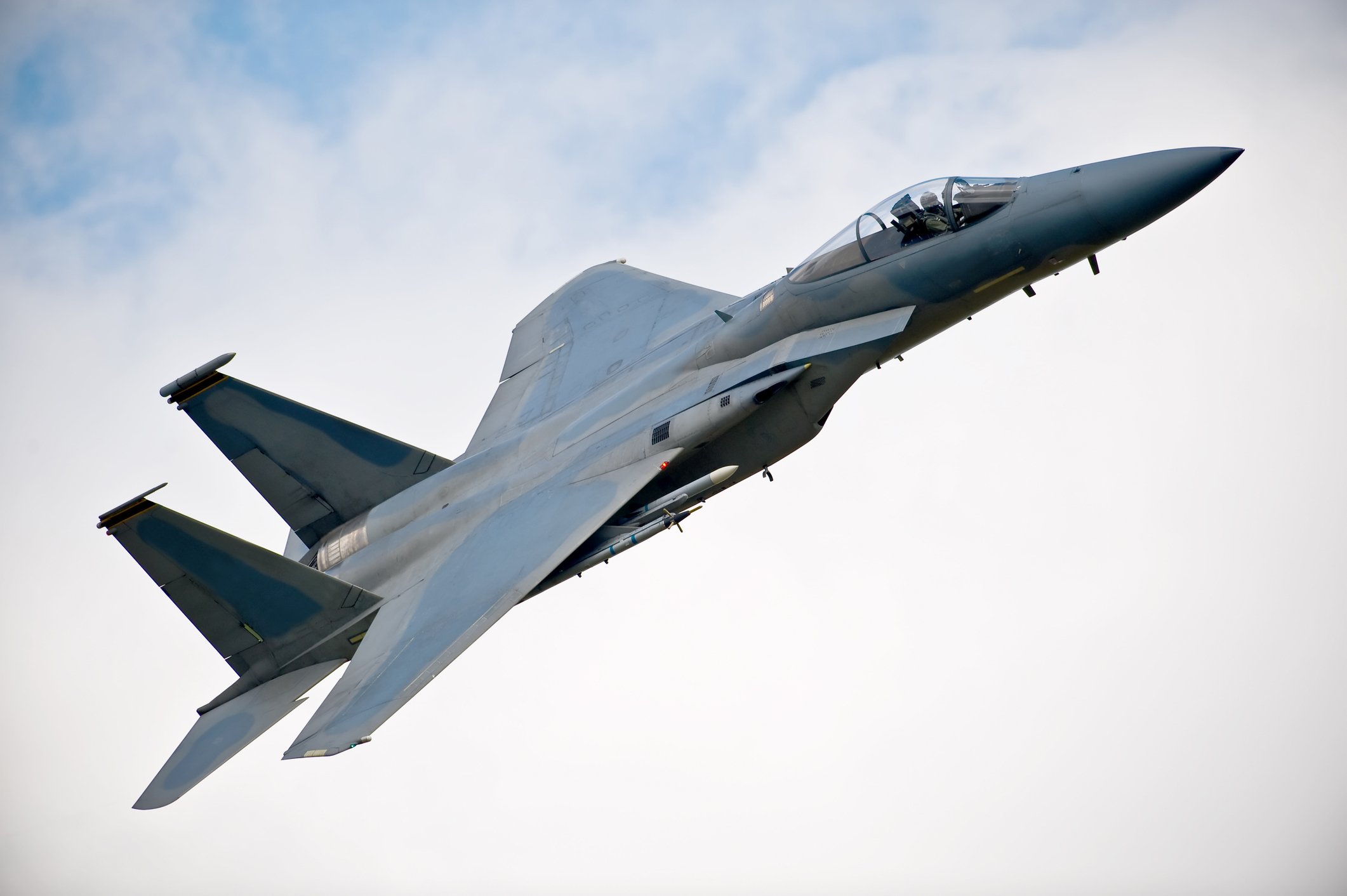In 2011, Boeing (BA +3.15%) launched an updated version of its best-selling 737 jet. The 737 MAX features new engines and other aerodynamic improvements to reduce fuel consumption.
Boeing claims the 737 MAX will deliver 7% lower operating costs than its top competitor: the Airbus A320neo. (That figure should be taken with a grain of salt, though -- Airbus asserts the opposite is true.)

Boeing's 737 MAX will save fuel with more efficient engines. Photo: Boeing.
The 737 MAX is still three years away from its entry into service. Yet Boeing is already thinking about its next move to maintain a strong position in the narrow-body market. By 2030, Boeing expects to deliver a completely new successor to the 737 MAX. This would give the 737 MAX a significantly shorter lifespan than the 737 Next Generation aircraft family it is replacing.
737 MAX: Fast-selling placeholder
Boeing's development of the 737 MAX was hastened by strong early sales of Airbus' A320neo family. The A320neo was officially launched in late 2010 with the promise that the new planes would be up to 15% more fuel-efficient than the existing A320 lineup. By mid-2011, Airbus had already secured over 1,000 orders for the A320neo.
At this time, Boeing was considering replacing its popular 737 Next Generation with a brand-new single-aisle plane. However, rapidly rising oil prices created insatiable demand for more fuel efficient planes. While an all new design could have maximized fuel efficiency, the long development time required would have given Airbus a huge head start.
Instead, Boeing decided to follow Airbus' lead and offer a "re-engined" airplane to replace the 737 NG. The resulting 737 MAX has sold very well even though it will enter service two years after the A320neo. As of the end of October, Boeing had secured 2,325 orders for the 737 MAX.
Plenty of upside from an all-new design
While the 737 MAX appears to be quite competitive with the A320neo from an operating cost perspective, Boeing clearly has room for improvement. More than two and a half years ago, aircraft leasing legend Steven Udvar-Hazy frankly stated that the 737 MAX was "not a long-term solution."

The Boeing 737's low ground clearance limits its engine fan size. Photo: The Motley Fool.
One key issue is the relatively low ground clearance of the 737, a vestige of the fact that the 737 was originally designed in the 1960s as a much smaller airplane. This limits the potential fan size of its engine. Larger turbofan engines tend to be more fuel efficient, but they won't fit on the 737.
Boeing also gained significant experience working with composite materials while developing the long-range 787 Dreamliner. An all new narrow-body aircraft design would give Boeing an opportunity to use this knowledge to reduce the airframe's weight, providing additional fuel efficiency benefits.
New plane coming for 2030
This past week, Boeing CEO Jim McNerney told an innovation summit that the company is looking to replace the 737 MAX by 2030. He confirmed that the new plane would probably be built with composite materials, in addition to having more efficient engines. McNerney also said the 737 replacement is likely to be slightly larger than the 737 MAX.
All of these developments make sense. Boeing and Airbus together for more than 15 years have dominated the market for aircraft with more than 100 seats. However, would-be competitors such as Bombardier and COMAC are preparing to enter the narrow-body market.

Bombardier is preparing to enter the narrow-body market with its CSeries jet. Photo: Bombardier.
Airlines are increasingly looking for the largest and most fuel efficient planes in each class. (Usually, the two go hand in hand.) Preparing a new and somewhat larger "clean-sheet" successor to the 737 by 2030 is the best way for Boeing to leverage its technical expertise to create an airplane that Airbus can't beat and new entrants can't match.
Anomaly or the new normal?
Boeing has delivered more than 5,000 737 Next Generation aircraft since late 1997. By the time the production run ends near the end of the decade, Boeing will have built more than 7,000 737 NG planes over more than 20 years. By contrast, it appears the 737 MAX production run could end within 15 years of that plane's entry into service.
Even with a much shorter lifespan, the 737 MAX could match the 737 NG's production numbers -- Boeing plans to increase the 737 production rate to 52 per month by 2018, allowing it to build 7,500 737 MAX aircraft in 12 years.
The explosion of commercial aviation in the developing world and the need for fuel efficient aircraft have created unprecedented demand for narrow-body planes such as the 737 and A320. This means the relatively short projected 737 MAX production period could become typical.
With higher annual production volumes, Boeing and Airbus will be able to justify shorter product cycles. If they want to stay ahead of the pack, they might be forced to become more aggressive about developing new products using the latest technology on a faster timeline.






